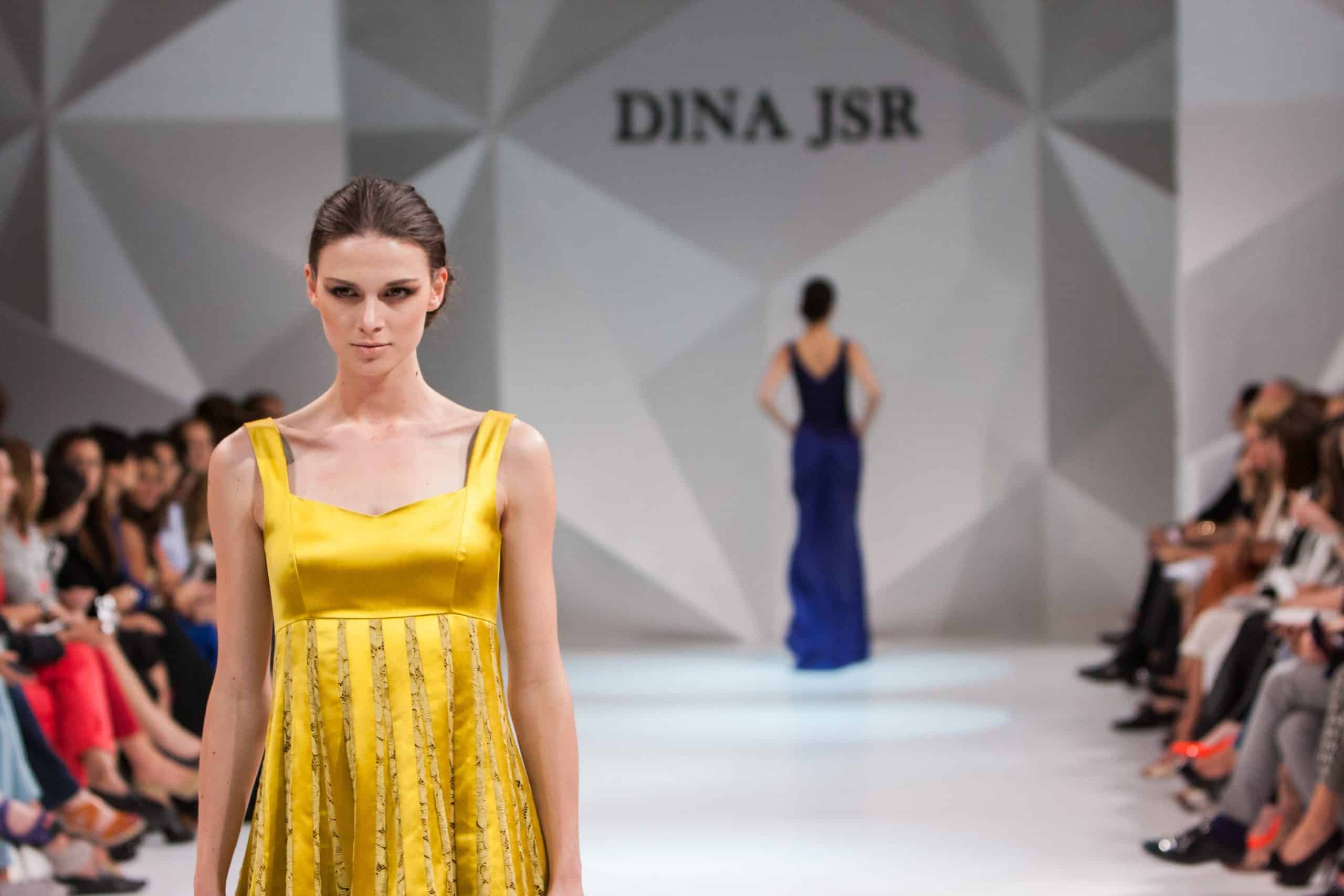
Lighting up the runway: an introduction to fashtech
I have to be honest. When I first heard the phrase ‘fashtech’, my mind immediately went to wearables – namely Apple’s watch. And so, with little to no background in haute couture fashion, this week I attended day three of London’s Fashion Tech Festival, celebrating smart materials.
In the technology industry, we’re big fans of connected accessories such as Fitbits and wireless headphones. We’re well-versed in ‘smart’, and our day jobs revolve around promoting gadgets and gizmos that are streamlining and enhancing our lives. So how, and where, does fashion technology – shortened to fashtech – fit in?
“But what is fashtech, Jen?” I hear you ask. Wearable technology like the iWatch and smart glasses were developed as applications of existing technology (e.g. iPhone to iWatch).With fashtech, it’s the reverse: the fashion is designed and the tech then created to fit the garment.
At the event Ryan Genz and Francesca Rosella, co-founders of CuteCircuit, described how fashion, along with rock ’n’ roll, is a means of self-expression. Therefore, by harnessing the power of an iridescent lighting display to reflect a specific mood, or opting for digitally printed textiles, fashtech can transform the wearer in new ways. As the team behind one of Time Magazine’s 2006 Best Inventions of the Year, The Hug Shirt™, I am inclined to see their view.
We’ve seen the digital transformation of industries such as sport, healthcare and transport. Now, with the help of fashtech, a hearing impaired audience can ‘feel’ music through a sensory innovation: The Sound Shirt – another of CuteCircuit’s marvellous creations.
Maria Butkovic, co-founder of Kisha Smart Umbrella and Women of Wearables, also spoke at the event. Her informative insight into the creation of smart products highlighted the innovation and creativity breathing life into the fashtech industry. One key takeaway was the thought that went into hiding her smart umbrella’s connectivity beacon and battery. The supporting technology in fashion mustn’t be obvious to the user. The more ingenious the creation, the less you’ll be able to see any wiring, battery packs or beacons.
So going forward, will we eventually be able to rid ourselves of handheld devices? Replace our mobiles with outfits and wearables that not only serve to clothe us, but also connect us to each other and the world around us? Or will fashtech remain reserved for statement-makers like Katy Perry at the 2010 Met gala Ball, keen to stand out from the crowd?
From what I have seen, I believe there is huge potential with fashtech. However, collaboration is going to be needed to push innovations out of the realms of ‘haute couture’ and into more pragmatic, mainstream solutions for healthcare, sport and safety. This will not only help to justify the cost of expensive hardware and software, but will propel fashtech into a bigger market, gaining it that all important traction and recognition.
As long sustainability is considered in the longevity of each design (after all, I don’t condone filling landfills with unwanted clobber!), fashtech is certainly an exciting and creative industry and I can’t wait to see what the next invention will be!





